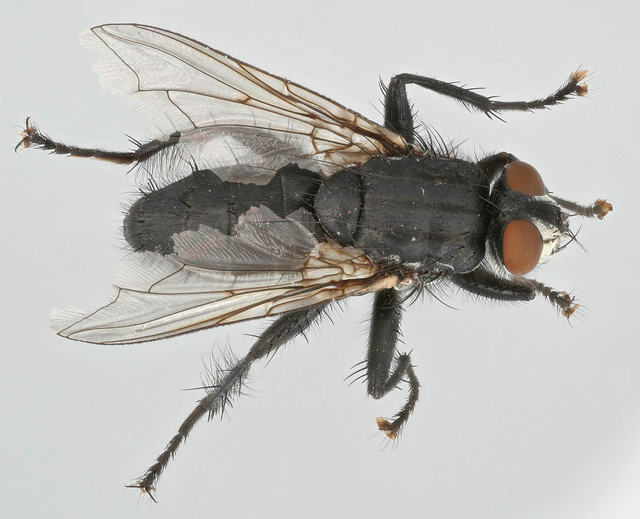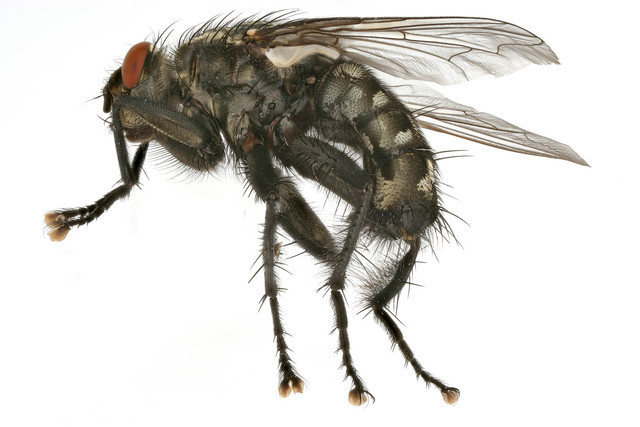Interactions of S. carnaria with other species.
The European flesh fly has mainly one
interaction with other organisms, including humans, which
involves the fly releasing larvae onto a dead host.
The fly does this so that the offspring can feed off the
organism to grow and develop.
Humans have utilized this natural biological process to
aid in criminal investigations.
This process is very important in the field of forensics
in determining the postmortem interval, which is the amount of
time a person has been dead. (Meiklejohn et al., 2013. DNA
barcoding).
The process of forensic entomology is the
procedure by which investigators survey the type of insects at the
crime scene and then use their reproductive timeline to determine
when the person died. Scientists
achieve this because of the careful observations of different
insects life cycles’.
Investigators obtain samples of the types of insects at the scene,
whether they be larvae, pupae, or in their adult form.
They then figure out which species it is.
Finally they identify how long it takes for a specific
organism to get to that stage in their life.
Because there are quite a few bugs that investigators use,
they can cross reference all the timelines and determine an accurate
time of death (Meiklejohn et al., 2013. DNA barcoding).
The European flesh fly is ovoviviparous, which
means that the eggs hatch within the female’s uterus.
Because of this, the larvae start feeding as soon as they are
on the host making the European flesh fly a very precise indicator
of the postmortem interval (Meiklejohn et al., 2013. DNA barcoding).
One cue to the time of the postmortem interval is the color of the
pupae. The darkening of
color of pupae indicates advancing development within the stage of
the life cycle.
This process can be quite difficult though.
There are over 3000 species of sarcophagi and they are
located all over the globe (Meiklejohn et al., 2013. Utility of
coi). Species level
identification is very difficult because it involves very subtle
differences. Another way
to determine the species instead of taxonomy is by looking at the
DNA of the insect.
Scientists look at mitochondrial DNA in order to differentiate
between different species (Meiklejohn et al., 2013. DNA barcoding).
Another difficulty in forensic entomology is the differences
in life cycles. Subtle
variations in other factors such as geography or the season can
cause the life cycle to either speed up or slow down (Prado E Castro
et al., 2012).

